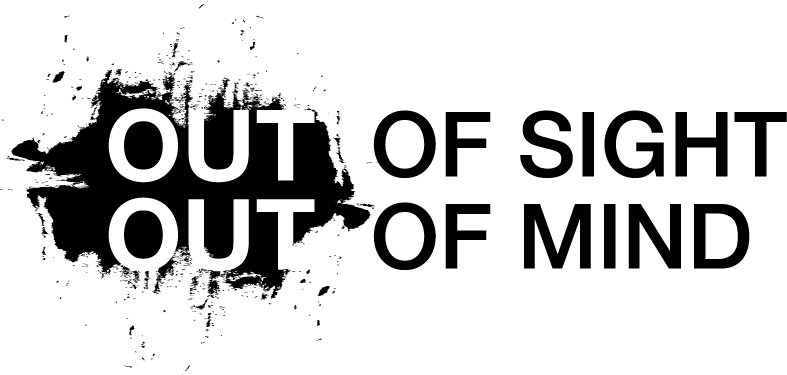Patients Letters (2013)
by Elspeth Morrison
This is part of an artwork shown in the first Out of Sight Out of Mind exhibition, titled Patients Letters.
I was part of the Planning Group for the exhibition at Summerhall for the October 2013 Scottish Mental Health Arts (and Film) Festival. I was inspired by the Planning Group’s visit to the archives of the Lothian Health Service. We were shown some of the 19th century patients’ letters and artworks from the Royal Edinburgh Asylum.
The letters really moved me. I was shocked to hear how many letters were withheld and never posted, either because they were critical of the asylum or showed signs of the patients’ mental illnesses. They were the censored voices from the past, of patients who were never allowed out. Many letters talked of boredom and frustration on the ward and the loss of one’s freedom and independence. Having spent a significant amount of time as a patient of the Royal Edinburgh Hospital myself, I could see commonalities of experience from these nineteenth century letters that chimed with my own experience. So little has changed in people’s reactions to confinement against their will. Then, as now, their frustrations were pathologised as signs of their mental illness.
As a former research historian I was inspired to return several times to the archives. I read all one thousand patients’ letters there, including 147 letters all written by one patient in under a year, along with patient case histories and notes of ward rounds made by the Victorian hospital doctors.
‘Patient’s Letters’ was my artwork in response for the 2013 exhibition. It was a whole room installation displaying enlarged extracts of the unsent letters, along with modern day quotes from people on the hospital Patients’ Council and photographs of a few 19th century inpatients. Papering each wall were one thousand pieces of paper, all handwritten with the words “HELP ME” (written by everyone on the Planning Group and all the staff at CAPS).
The one thousand calls to be heard, echoed the thousand letters of the archive and the thousand patients who were incarcerated in the Royal Edinburgh Asylum at the start of the twentieth century. I wanted them finally to be seen and heard, not eternally out of sight and out of mind.
